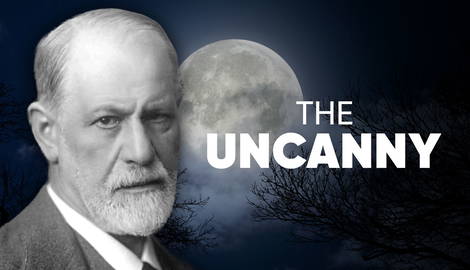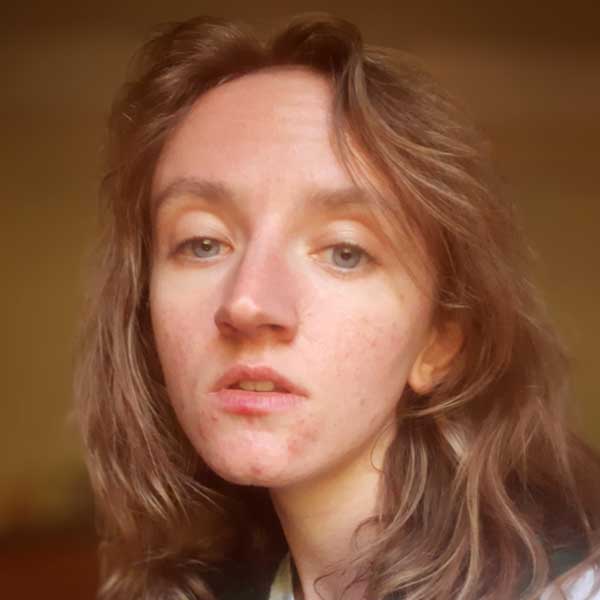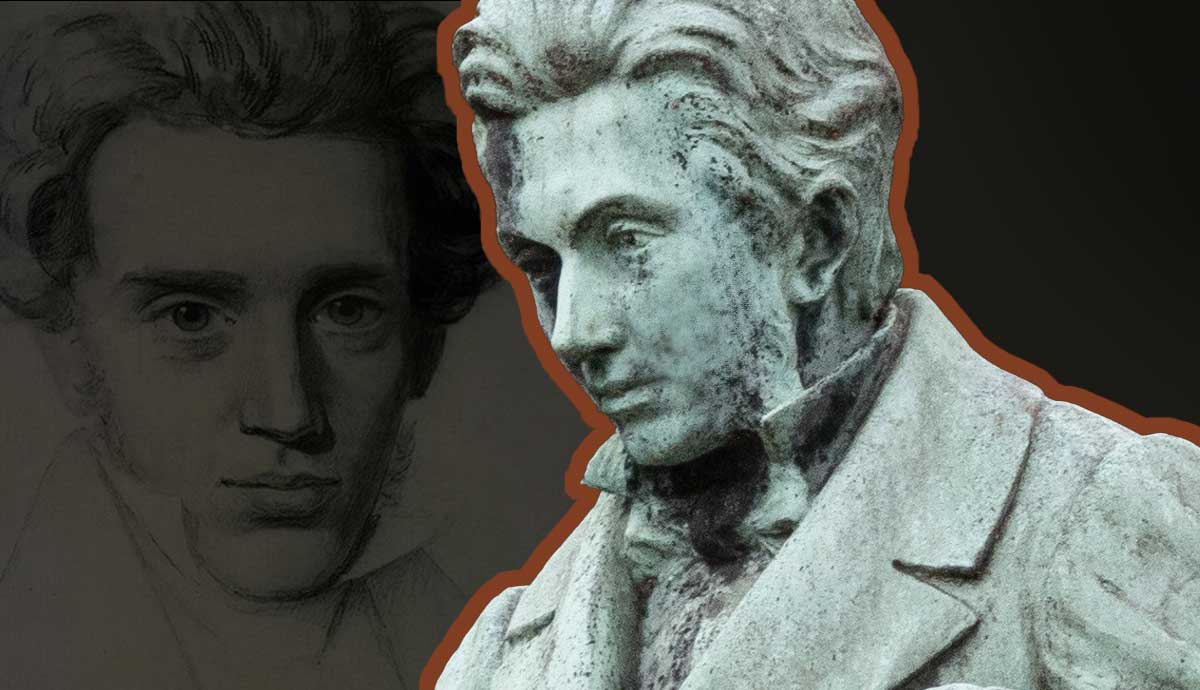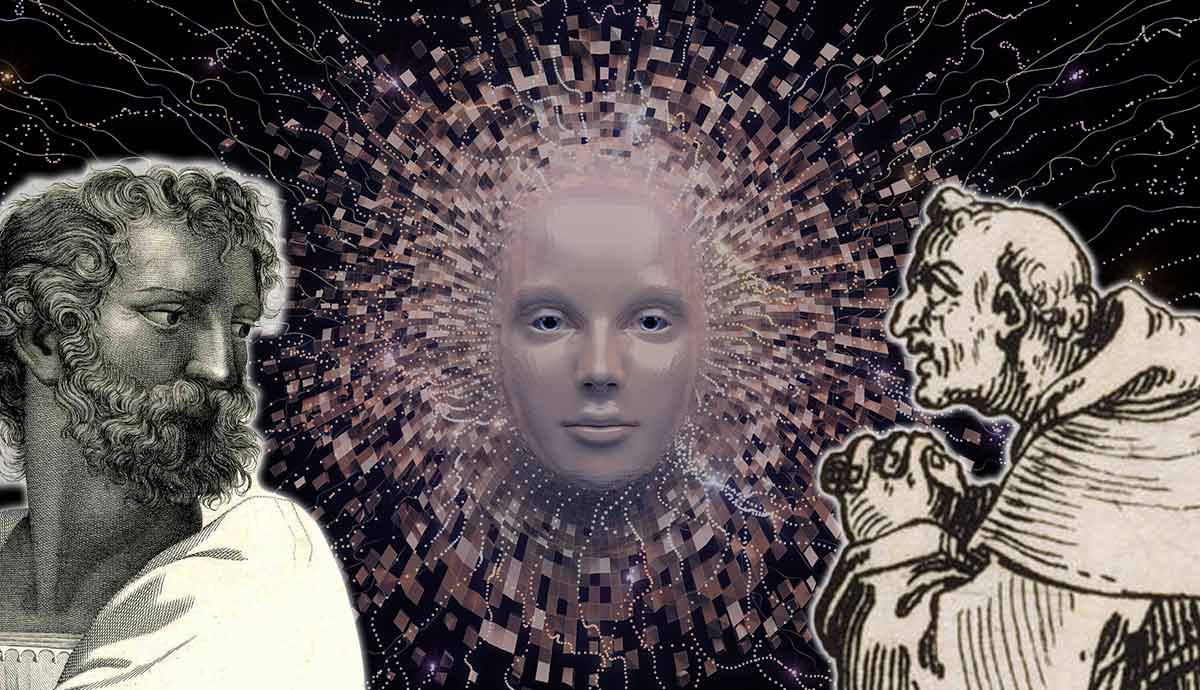
Although Sigmund Freud is known as the progenitor of psychoanalysis, The Uncanny, one of his most famous essays, is just as important in the world of literary criticism as in that of psychology. It also had a seismic impact across the arts. Throughout, Freud probes the possible meanings of that much-used, but not always fully understood, term: the uncanny. Is it to do with horror? Is it to do with the dead coming to life? Is it to do with the unfamiliar? Yes, writes Freud—and no.
The Background to Sigmund Freud’s The Uncanny

The Uncanny was published in 1919 in Imago, a journal founded in 1912 by Sigmund Freud along with his fellow Viennese psychoanalysts Hanns Sachs and Otto Rank. This was an explosive period for psychoanalysis: Freud was already well-known in Vienna and beyond for his innovative therapeutic practices, and had been publishing his findings since the 1890s. Works such as The Interpretation of Dreams (1899) and Totem and Taboo (1913) introduced the world to new ideas about the unconscious, repression, the ego, and the id.
While we associate the uncanny with Freud, he was not the first to discuss the phenomenon. Conceptually, it had a long history, as Freud illustrates by taking examples from literary works dating back several decades and even centuries. The first written exploration of the uncanny was by Ernst Jentsch in 1906. Jentsch’s approach is mainly psychological, giving Freud a springboard for his essay, which incorporates literary material in an attempt to get closer to a definition of the uncanny.
Freud also draws on research by his colleague Otto Rank into the psychological significance of the concept of the double, or doppelgänger. The double is one of Freud’s examples of the uncanny, along with automata or artificial human figures, severed body parts that can still move, and ghosts. But as he stresses throughout, these things are not always uncanny. Before looking at how things can be either uncanny or entirely ordinary, we need to look at how Freud clarifies the etymology of the word ‘uncanny.’
The Uncanny Is Not…

The first section of Freud’s essay is concerned with what the word ‘uncanny’ means, both in popular usage and in Jentsch’s essay. The German word is unheimlich, or the opposite of heimlich, which means “familiar,” “native,” and “belonging to the home.” Therefore, the uncanny might mean unfamiliar, unhomely. The word “undoubtedly belongs,” writes Freud, “to all that is terrible—to all that arouses dread and creeping horror.”
Consulting his foreign dictionaries, Freud finds corollaries in other languages. Equivalent words in Greek, English, Spanish, French, Arabic, and Hebrew have connotations of the strange, discomforting, gloomy, gruesome, and even demonic.
But the fearful or monstrous is not uncanny by default. Vampires, werewolves, and ghosts can excite us in a story without giving us an unsettling feeling. As Freud later explains, this is partly because writers of fairy tales and supernatural or horror stories create the expectation of finding these things in their imagined worlds—they are supposed to be there. Although many of the elements Freud identifies as uncanny are the stock-in-trade of fairy tales, they are not inherently uncanny.

The uncanny or unheimlich arises through a paradoxical mingling with its opposite, as Freud shows through a survey of etymological examples featuring the words unheimlich and heimlich. He finds that “among its different shades of meaning the word heimlich exhibits one which is identical with its opposite, unheimlich. What is heimlich thus comes to be unheimlich.” The uncanny lies in this meeting of the familiar and unfamiliar—what has hitherto felt homely now also feels unhomely.
The remainder of Freud’s essay seeks to determine what makes a phenomenon or an experience uncanny, rather than horrifying (on one end of the scale) or merely banal (on the other). He ultimately declares: “animism, magic and witchcraft, the omnipotence of thoughts, man’s attitude to death, involuntary repetition and the castration-complex comprise practically all the factors which turn something fearful into an uncanny thing,” but even this list of factors should not be taken as defining the uncanny. To see how animism can be treated as uncanny, Freud looks to a literary giant.
The Uncanny is… Automata and Animism

“The unrivalled master of conjuring up the uncanny,” according to Freud, is E.T.A. Hoffmann, the Prussian writer of the early 19th century. Jentsch’s study had also identified Hoffmann as the greatest practitioner of the uncanny, focusing on his short story The Sandman. In the story, the narrator falls in love with Olympia, who turns out to be a wooden automaton, able to mimic the gestures of a genteel young lady—including singing and piano playing—but otherwise inhuman.
Jentsch writes that automata, dolls, puppets, and mannequins are uncanny because they play on “doubts whether an apparently animate being is really alive; or conversely, whether a lifeless object might not be in fact animate.” The same feeling might be produced by witnessing epileptic seizures and any psychological disturbances that cause involuntary movements in the sufferer. Such unwilled animism unsettles our sense of control over our own selves. Freud links this instance of the uncanny to “involuntary repetition”: we are disturbed by something which seems to happen again and again without our knowing why or how.
Freud mostly agrees with Jentsch’s reading of Hoffmann’s The Sandman. Dolls or figurines, which most children play with in their early years, are connected with our earliest experiences of distinguishing the real from the imaginary. But the living doll is not uncanny merely because it incites fear, because it should not be alive. Freud points out that our early interactions with dolls involve a wishful pretense that they are alive. Therefore, our later encounters with living dolls recapture some of that desire, mingled with horror at the impossible prospect of animism.

But for Freud, Olympia is not the most uncanny part of The Sandman; it is the Sandman himself, who appears in a couple of mysterious guises during the narrator’s childhood and adult life, haunting him with his childhood nightmare of losing his eyes. Freud writes: “A study of dreams, phantasies and myths has taught us that a morbid anxiety connected with the eyes and with going blind is often enough a substitute for the dread of castration.”
Freud goes on to explain that “dismembered limbs, a severed head, a hand cut off at the wrist, feet which dance by themselves” are all uncanny for this reason: they trigger deeply instilled castration complexes. The last example, feet that dance by themselves, combines the castration complex with animism, as The Sandman does, to create a doubly uncanny effect, wherein repressed desires and fears come to the surface.
The Uncanny is… The Double

The uncanny is more complex than the fearful or horrifying because it relates not only to our fears but also to our desires. The unheimlich also contains the heimlich—the homely, everything connected with the place we feel most comfortable and most ourselves, the place we wish to return to.
Drawing on Rank’s study of the doppelgänger, Freud writes that the double (or the reflection or the shadow) has long been thought of alongside the soul, connoting fears about mortality and uncertainties about the self as we come into self-consciousness. The double is uncanny because it can be a “ghastly harbinger of death.”
Yet the double is also uncanny because of the desires, not just the fears, involved in these processes of self-development. As we gain consciousness of ourselves, we harbor hopes about who we might become. When the double appears, it points to “all those unfulfilled but possible futures to which we still like to cling in phantasy, all those strivings of the ego which adverse external circumstances have crushed, and all our suppressed acts of volition which nourish in us the illusion of Free Will.” The double is the life we have not lived.

This accounts for the attraction and repulsion that frequently appear in narratives featuring an encounter with the double. Crucially, for Freud, the double belongs to “a very early mental stage, long since left behind,” when it “wore a more friendly aspect,” and its return unsettles our sense of who we really are, suggesting who we might have been if not for repression.
The double is another of those “involuntary repetitions” which constitute the uncanny on a basic level—like when, for example, we notice a particular configuration of numbers or a surname appearing more than once in our lives in a short space of time—but it is also uncanny because it forces us to recognize what we have repressed.
The Uncanny is… The Repressed Come to Light

The most useful definition of unheimlich Freud discovers in his etymological research early in his essay is given by philosopher Friedrich Wilhelm Joseph Schelling: “the name for everything that ought to have remained … hidden and secret and has become visible.”
Schelling’s definition clarifies Freud’s idea that heimlich and unheimlich ultimately have the same meaning. The home is, at once, a place of comfort and familiarity, and a private place in which things are not visible to the outside world—a place of hidden secrets.
For Freud, a psychoanalyst, this notion of home is tied to our early experiences, hence his emphasis on repressions and anxieties. As we grow in self-consciousness, we repress or “estrange” things that were once “familiar and old-established,” leading to anxieties we may not know we have until we encounter them as the uncanny, or in dreams. Freud explains that the “sense of helplessness sometimes experienced in dreams” comes from confrontation with the things we have repressed—a confrontation we might never face in our waking lives.

We also learn, in this growth to self-consciousness, to distinguish the real from the imaginary, and to repress our wishes for the imaginary to become real. When we cannot tell if something is real or imaginary, or when something we have considered imaginary suddenly appears to be real, we are forced to confront our wish to construct realities in our heads that do not align with physical reality. Freud calls this “the over-accentuation of psychical reality in comparison with physical reality.”
This part of his essay would have the most impact on the subsequent art movement which drew extensively on ideas about the uncanny: surrealism. Originally coined in French by poet Guillaume Apollinaire, the “sur-réal” was on or above the real, not opposed to it. Surrealist artists would find fruitful material at precisely that moment where psychical reality, or the world of dreams, nightmares, and hallucinations, met physical reality, or the world of everyday objects and images.
The Uncanny is… A Literary Effect

A final point that Freud considers is how the uncanny differs in literature compared to real life. Several of his examples come from literature: Hoffmann’s stories, as well as tales by Wilhelm Hauff and Arthur Schnitzler. He refers to Dante’s Inferno and Shakespeare’s Hamlet, Macbeth, and Julius Caesar to argue that the presence of ghostly souls and apparitions in literature is not in itself uncanny. “We order our judgement to the imaginary reality imposed on us by the writer,” Freud explains, and so accept that spirits and specters exist in Dante’s and Shakespeare’s worlds.
Therefore, “in the realm of fiction many things are not uncanny which would be so if they happened in real life.” Freud returns to several ideas from earlier in the essay that might constitute the uncanny. Inanimate objects coming to life: not uncanny in Hans Christian Andersen’s stories. Catalepsy and sudden awakening: not uncanny when Snow White returns to life. The resurrection of the dead: not uncanny in the Bible’s New Testament. In order to experience these things as uncanny, we have to recognize how they are related to the homely, the familiar, and the repressed, and how they reveal what has long been hidden.

Freud also proposes that literature is a far more fertile ground for the uncanny than real life. To start with, the author is free to mingle elements of ordinary, familiar life and the unreal or supernatural, to varying degrees, offering seemingly impossible situations that the reader is nonetheless willing to accept.
Reading is in itself an uncanny experience, imposing onto our physical reality a psychical one that deviates: even if the setting and characters are plausible and perfectly banal, there is still a distinction between imagination and reality. Reading, therefore, plays on that long-held, but often repressed, wish to blur the real and imaginary.
Whether a story deals with something supernatural and horrifying or something ordinary that feels somehow slightly out of place, literature is an ideal form for the uncanny. It is no wonder, then, that Freud’s essay was a work of language and literary criticism, as well as a contribution to the burgeoning field of psychoanalysis.
Bibliography
Freud, Sigmund (1919). The Uncanny, translated by Alix Strachey.









